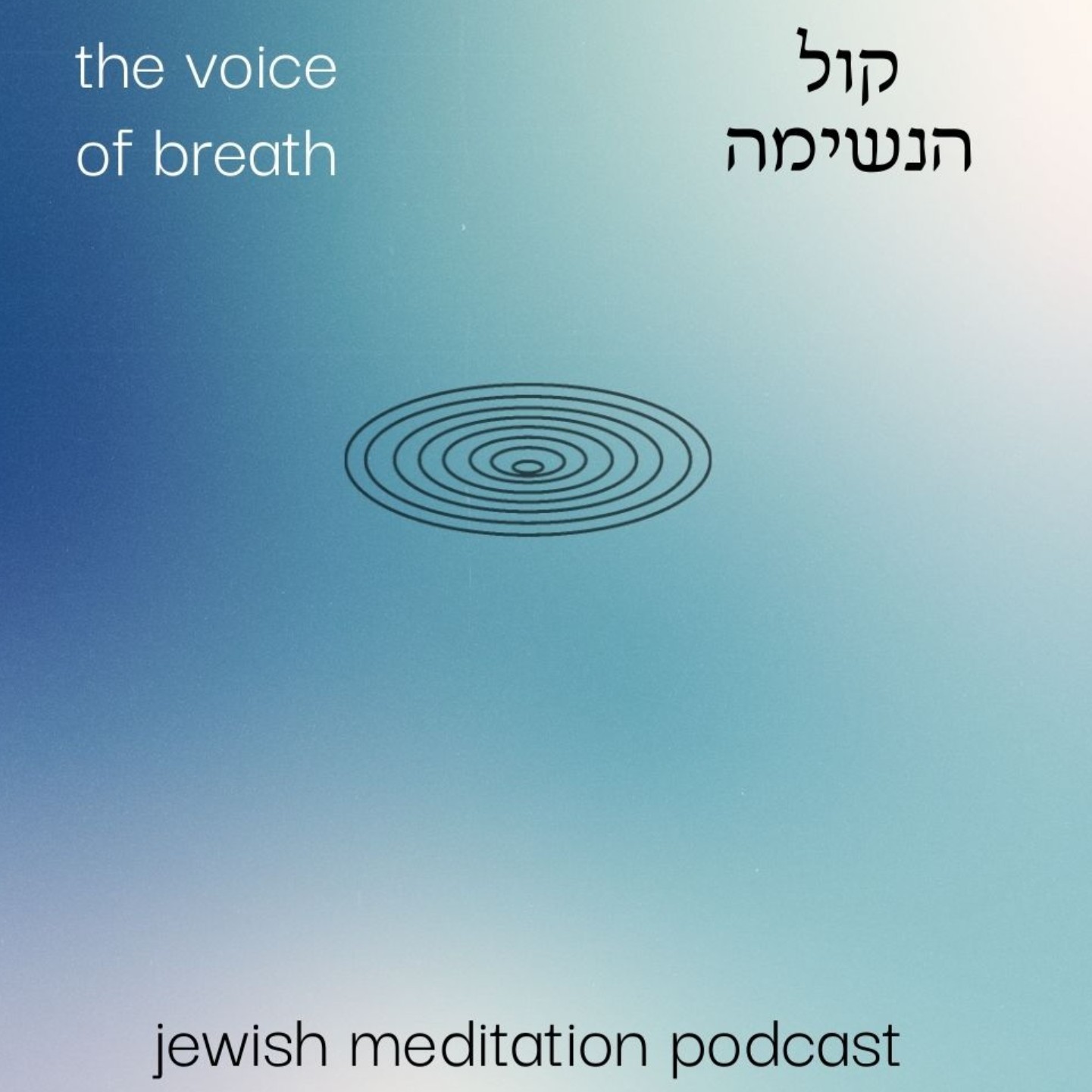Rabbi Dr. Meir Sendor + Kabbalistic Vocalization Technique of Rabbi Avraham Abulafia
Description
Today we talk with my father, Rabbi Meir Sendor, about his journey and teachers, and discuss how Jewish meditation differs from other meditative traditions. We conclude the episode with the Kabbalistic vocalization meditation of Rabbi Avraham Abulafia.
(48:32) If you wish to just listen to the meditation - There's a guide below.
Rabbi Meir Sendor, Ph.D., serves as the facilitator for Tal Orot.
After serving as the rabbinic leader of the Young Israel of Sharon for thirty-two years, Rabbi Sendor and his wife Anne moved to Tzfat, Israel in the summer of 2016. With rabbinic ordination from Yeshiva University and a doctorate from Harvard University in medieval Jewish history, with special expertise in the history of Kabbalah and Jewish philosophy, Rabbi Sendor teaches a wide range of subjects, from kabbalah, philosophy and hasidism to talmudic and biblical commentary, halakhah and ethics. He uses his three decades of experience teaching Torah and meditation in the Sharon and the Greater Boston area to implement this program in Israel.
A Brief Guide to the Basic Vocalization Meditation of Rabbi Avraham Abulafia
The most basic, essential skills in meditation practice are learning to quiet the mind, stabilize attention and expand awareness. Some people find direct methods for quieting the flow of verbal mental chatter to be difficult at first. In some cases, an indirect approach can be helpful, such as the following basic vocalization method of the thirteenth century kabbalist Rabbi Avraham Abulafia.
On the whole, Rabbi Abulafia’s meditation techniques are highly rigorous and complex. His advanced techniques involve meditations on the divine Names, requiring great purity and sanctity of mind and body. But the basic method that he describes in his manual Or HaSekhel (pp. 101-05) is accessible for everyone. As he states it, “when your mind comes to adhere to His mind that grants you mind, your mind needs to remove from itself the yoke of all alien thoughts, except for His mind that is shared between you and Him by virtue of His glorious and awesome Name.” To attain this stable awareness, the following meditation can be helpful. This is a summary of his instructions.
As general preparation, sit in a quiet and comfortable location, with your back straight, feet on the floor, hands resting on your legs. If you are sitting on the floor, let it be in a way that your back is nice and straight. Sit quietly with your eyes closed for a few minutes, clearing your mind as well as you can.
This is a vocalization meditation, in which we will be expressing the five essential vowels of Hebrew in connection with the letter Aleph, which has no sound itself. Hebrew has nine vowels, but Rabbi Abulafia notes, and the linguists agree, that there are five essential vowels. We will express them in the following order: Cholem= oh; Kamatz= ah; Tzeirei= ai; Chirik= ee; Shuruk= oo.
We take a natural, deep breath, our head in normal position facing straight ahead. Beginning with the Cholem, we express the vowel on the exhale, letting the sound ride on our breath at a comfortable volume, out to the very end of the breath. While expressing the Cholem we raise our head slowly and gently upwards (the Cholem vowel is written above the letter). Then we inhale once, through the nose (to avoid hyperventilation), as our head slowly returns to normal position. Then we express the Cholem again on the exhale, out to the end of the breath, lifting our head gently upwards. Inhale again through the nose as the head returns to normal position. We repeat the Cholem five times total, inhaling through the nose after each exhale.
Next we express the Kamatz in the same way, five times, out to the end of the breath, this time slowly and gently moving the head horizontally from right to left over the course of the exhale (this vowel is written horizo
More Episodes
Published 08/12/24
Published 08/04/24
Published 11/10/23


